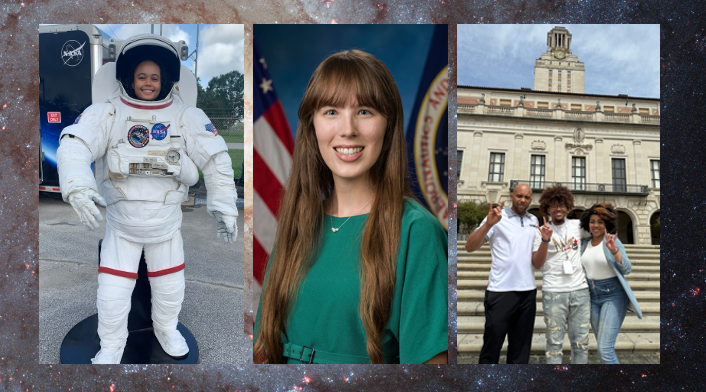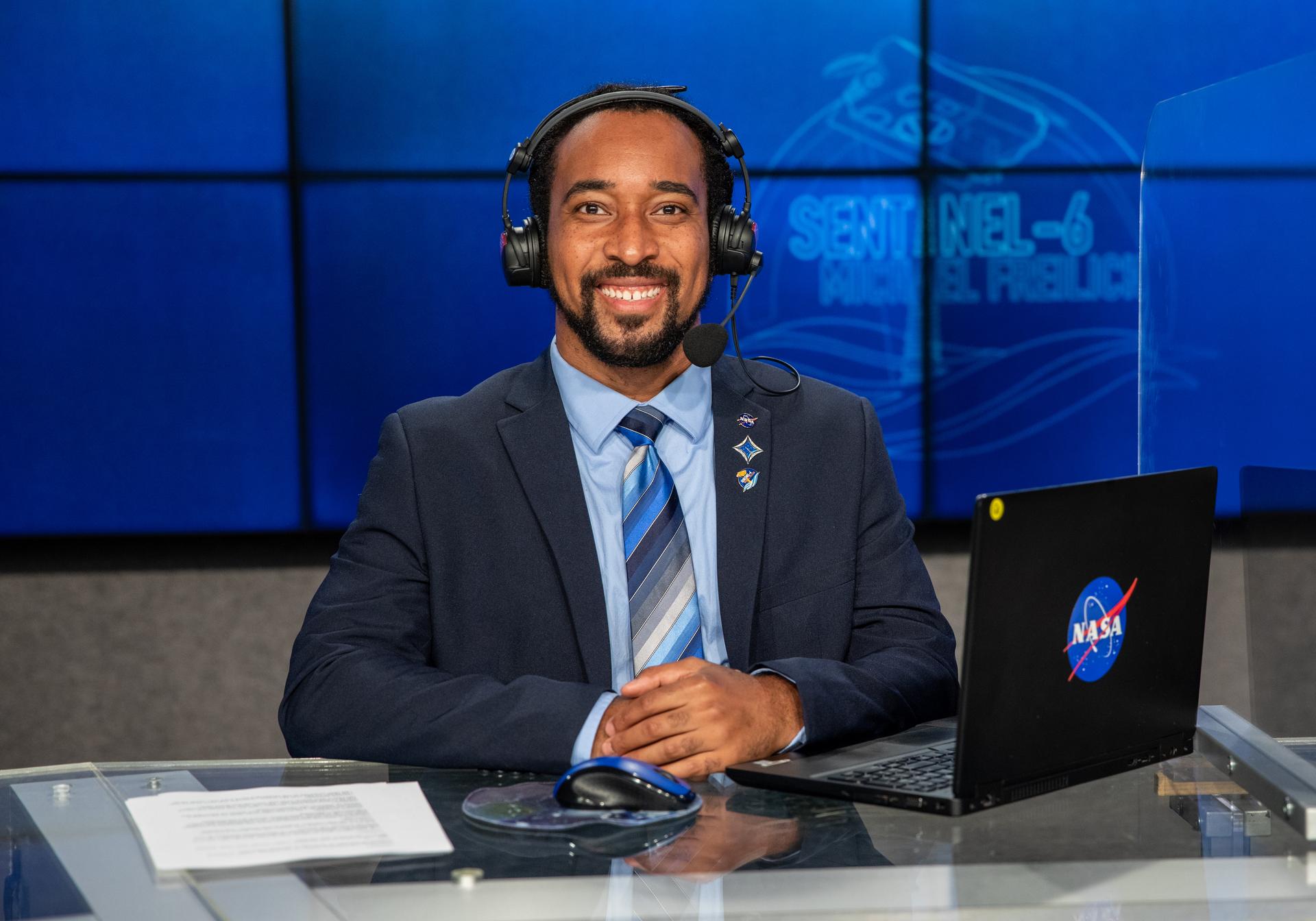Computer science is vital to space exploration and something students can learn to harness the power of at any age. Join NASA and its partners in celebrating the Hour of Code and Computer Science Education Week from Dec. 5-11 by learning more about what computer science means to NASA and how students can get involved.
The field of computer science includes coding, programming, data processing and more. From the development and use of specialized software for launch and mission operations to the reams of data generated by spacecraft and projects on the ground, computer science is an integral part of most of the agency’s work.
The NASA workforce employs computer science for a wide range of uses – anywhere computers are needed to process data or handle other complex tasks faster than humans.
One example is the calculation of a rocket’s trajectory. Phillip Hargrove, a NASA public affairs specialist, previously served as a trajectory analyst in NASA’s Launch Services Program at Kennedy Space Center in Florida. In that role, his job was to ensure rockets launched in the right direction and at the right speed to get spacecraft to the right place in space.
“For one of my missions, we actually had 830 trajectories to analyze,” Hargrove said. “You’re not going to do that with pen and paper. You’re going to tell a computer, ‘This is the time we’re going to [launch], these are all the forces, and these are all the angles,’ and let it do all that math for you.”
Spaceflight isn’t the only area where NASA relies on computer science. It’s an important element in the agency’s aeronautics work, too.
Divya Bhadoria is the deputy subproject manager, meaning the second in command, for NASA’s Advanced Air Mobility (AAM) National Campaign, which is working to bring air taxis and other emerging aviation concepts to places that are historically not served by aviation. This work involves flight tests of new vehicles and simulations, which generate valuable data for the AAM team – a “gold mine” for insights into how the vehicles operate.
“We write all our own code to develop the end-to-end simulations environment we need for our research,” said Bhadoria, who works at NASA’s Ames Research Center in Silicon Valley, California. “In other words, there is a lot of code developed to make every step of our research possible.”
Fortunately, you don’t need to get a degree in computer science or be an adult to develop your skills! Computer Science Education Week is the perfect time to check out these fun activities, challenges, and resources offered through NASA and its partners.
- Open doors to new worlds with computer science through Code.org’s Hour of Code. Create a solar system with “NASA’s Space Jam,” program intergalactic scenes with out-of-this-world characters and sounds in “Hello World: Space,” and more.
- Learn to code through Microsoft Learn modules that use NASA data, such as images of Moon rocks and lunar sample data sets like those used by NASA scientists.
- Get an up-close, virtual look at the new technology aboard NASA’s Orion spacecraft with the Callisto: Space Innovation Tour by Amazon and Lockheed Martin.
- Practice programming or test-driving a lunar rover, analyze the Martian weather, and more with Tynker’s “NASA’s Return to the Moon” Hour of Code activities for a range of skill levels.
- Use coding to solve technical problems and contribute to the Artemis missions through NASA’s App Development Challenge for middle and high school students.
- Take on real-world problems on Earth and in space through NASA’s International Space Apps Challenge, an international hackathon using NASA data held virtually and in person each October.
- Check out NASA’s computer science educational resources for fun activities to try in the classroom or at home.
If you’re interested in space and NASA, computer science is worth exploring. As Bhadoria discovered, it’s a portable skill that has given her the flexibility to work in a variety of fields, including semi-conductors, biotechnology, and even surgical robotics, before joining NASA to work in aviation.
“Every industry has a need to develop or use some type of software for their business,” Bhadoria said. “The coolest thing is that, because of this, a computer scientist can take his or her core skills and work in many different industries.”

































